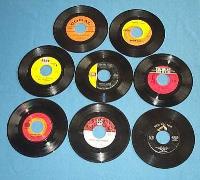Solresol is an invented language consisting of which communication method(s)?
Solresol, or Langue Musicale Universelle, is an artificial language devised by François Sudre, beginning in 1827. His major book on it, Langue Musicale Universelle, was published after his death in 1866. Solresol enjoyed brief popularity, reaching its pinnacle with Boleslas Gajewski's 1902 publication of Grammaire du Solresol.
Solresol has seven syllables based on the Western musical scale: do re mi fa sol la si, though you don't have to be familiar with music in order to learn it. Sudre hoped Solresol would be used to facilitate international communication and deliberately made the language simple, so it would be easy to learn, and unlike any natural language, to avoid giving an advantage to any particular group of people.
Written forms include:
- Latin alphabet: do, re, mi, fa, sol, la, si/ti
- Notes of a 7-note scale written on a music staff
- Numerals: 1 (do), 2 (re), 3 (mi), 4 (fa), 5 (sol), 6 (la), 7 (si/ti)
- Solresol stenographic script (glyphs or symbols) invented by Vincent Gajewski
- Solresol can also be represented by the seven colours of the rainbow, (red, orange, yellow, green, blue, indigo and violet), by manual signs, with different coloured flags, or by painting.
Today, there exist small communities of Solresol enthusiasts scattered across the world.
More Info:
www.omniglot.com








